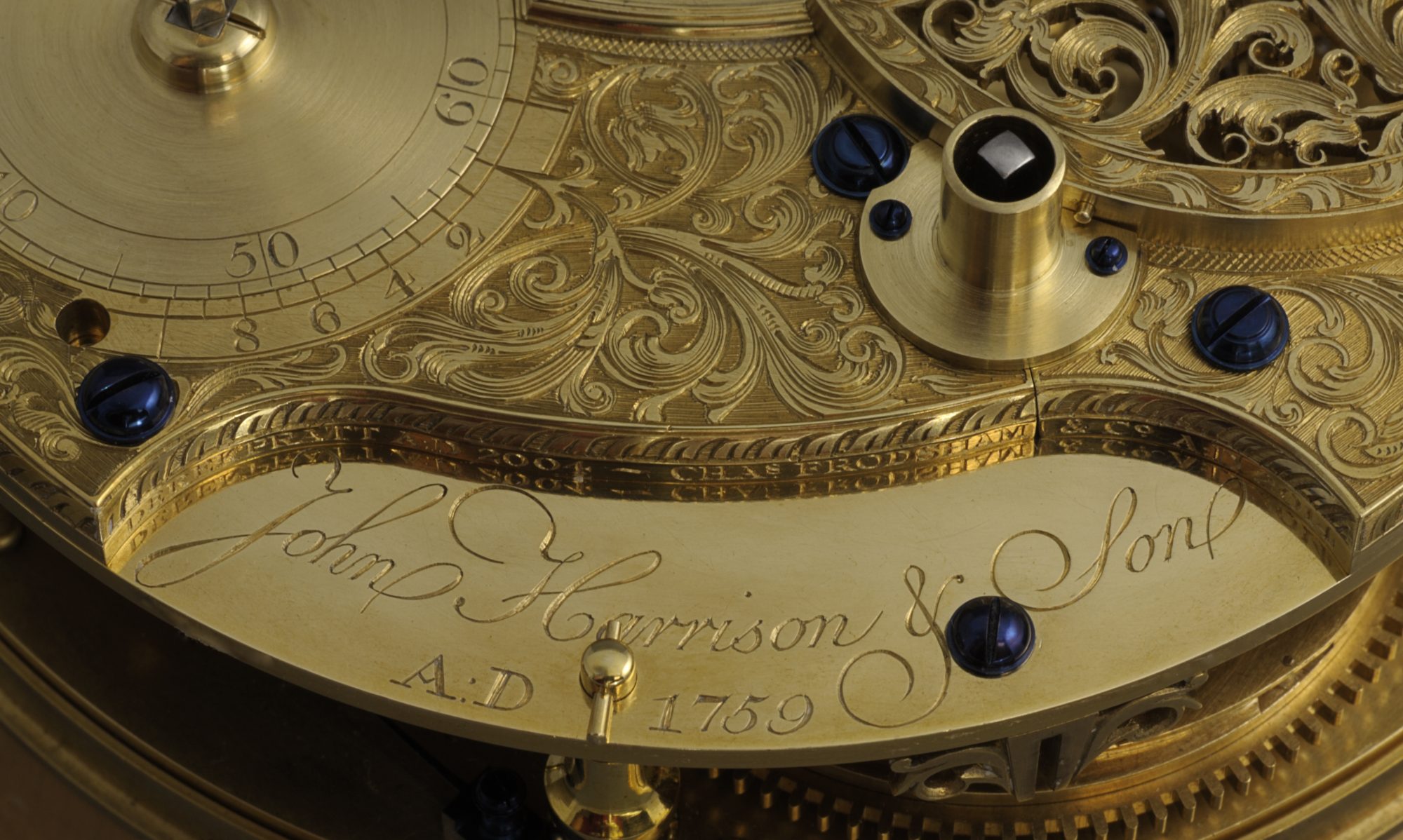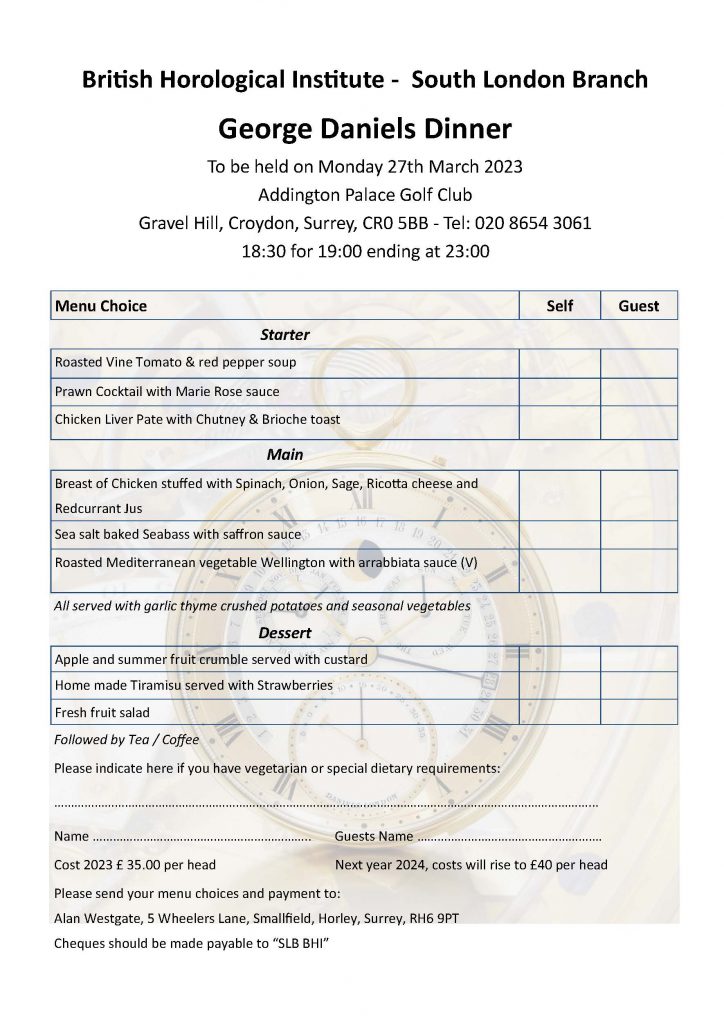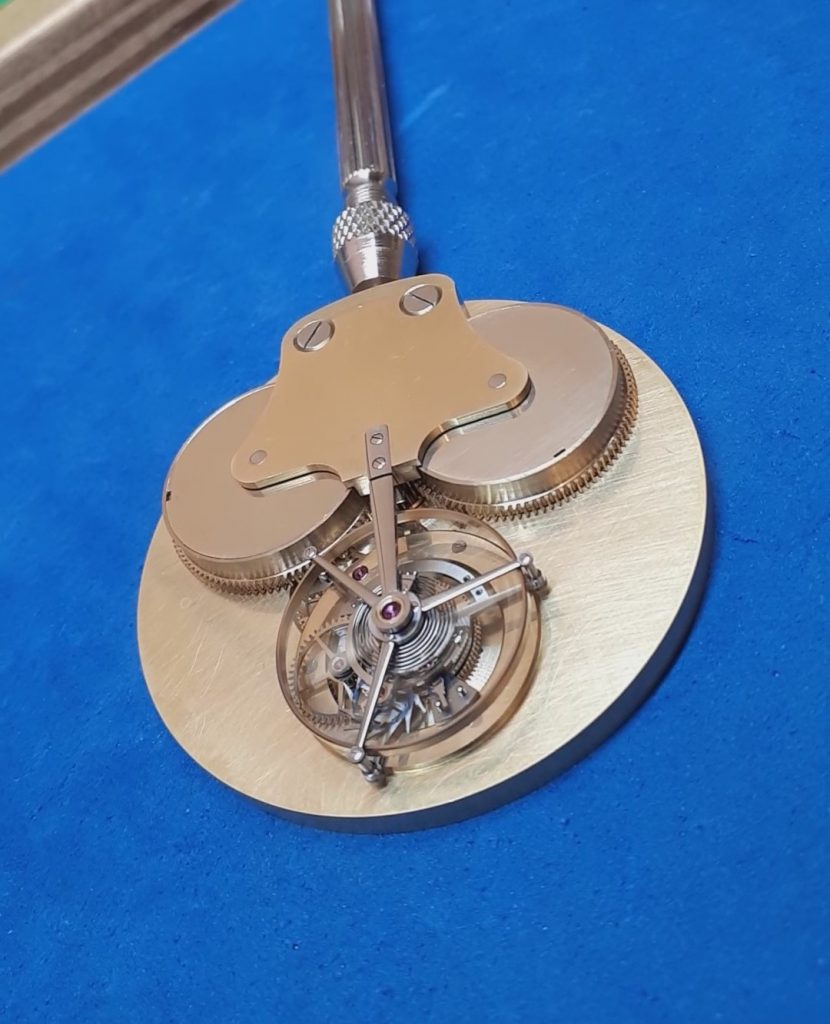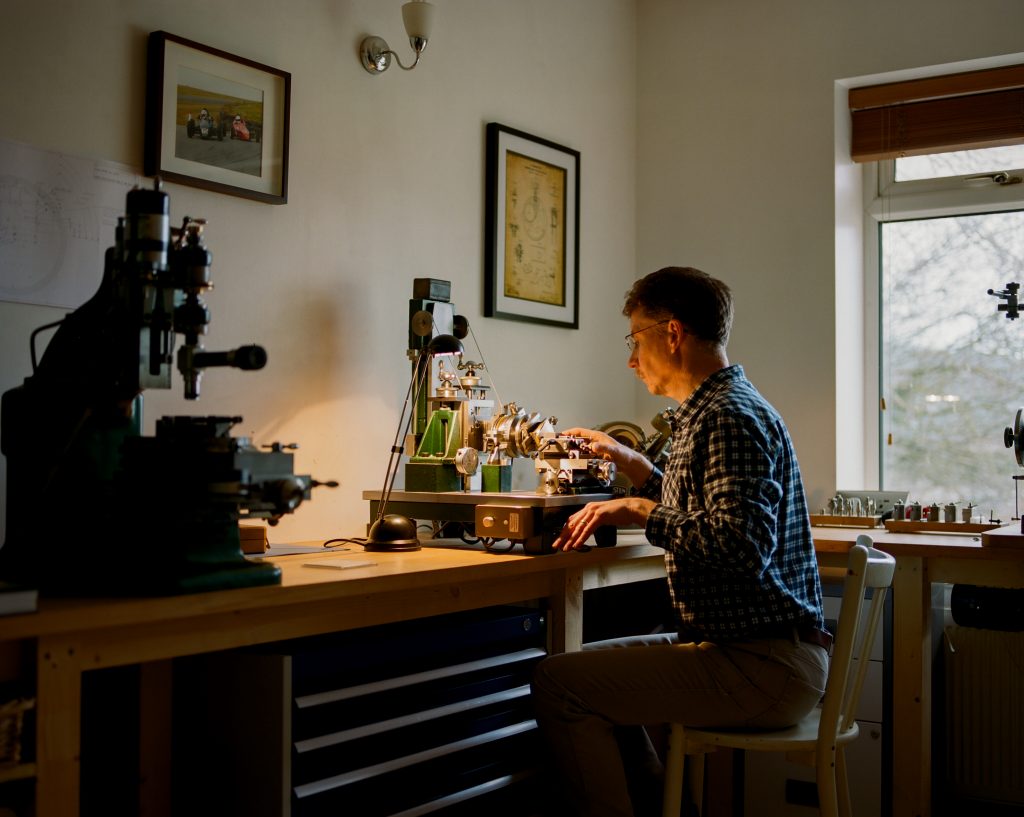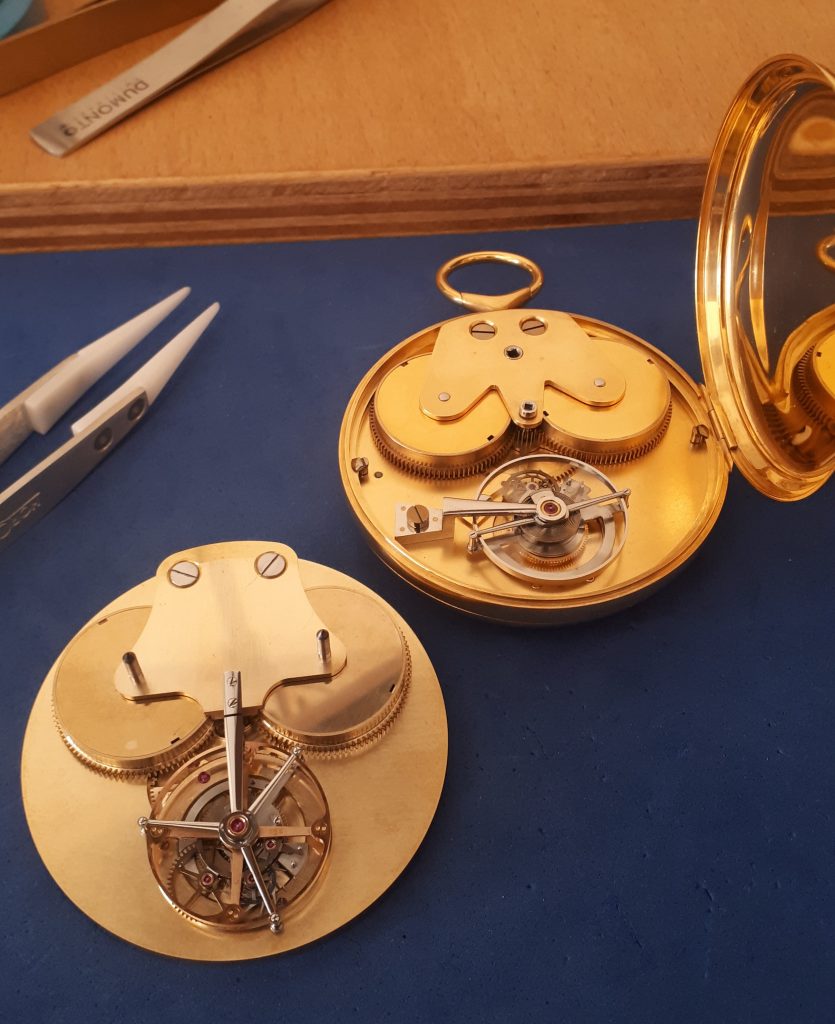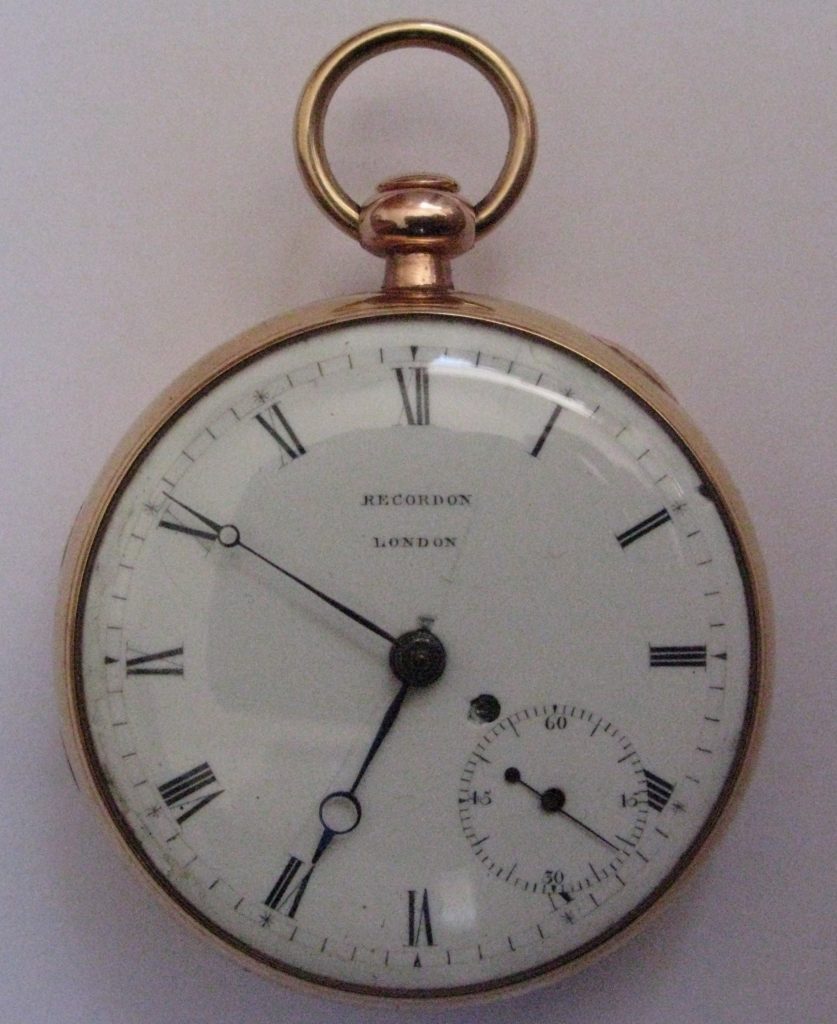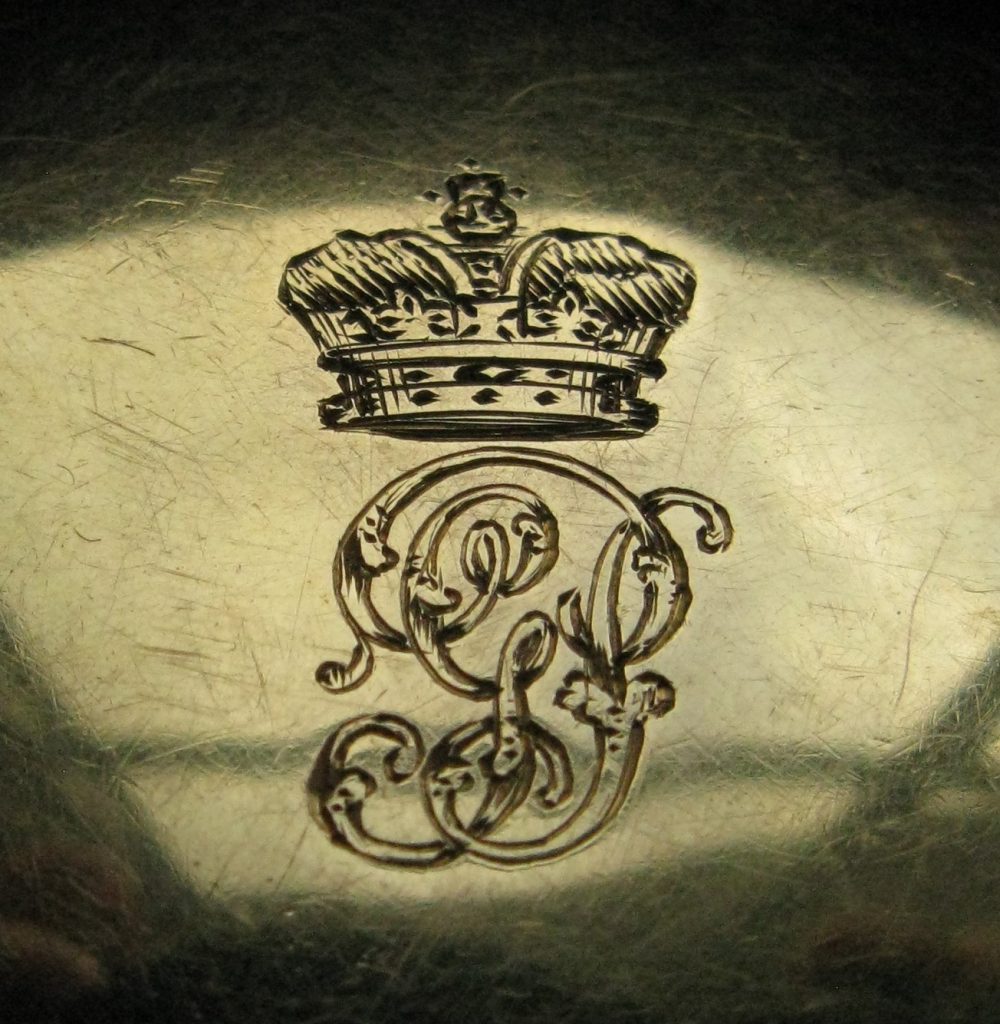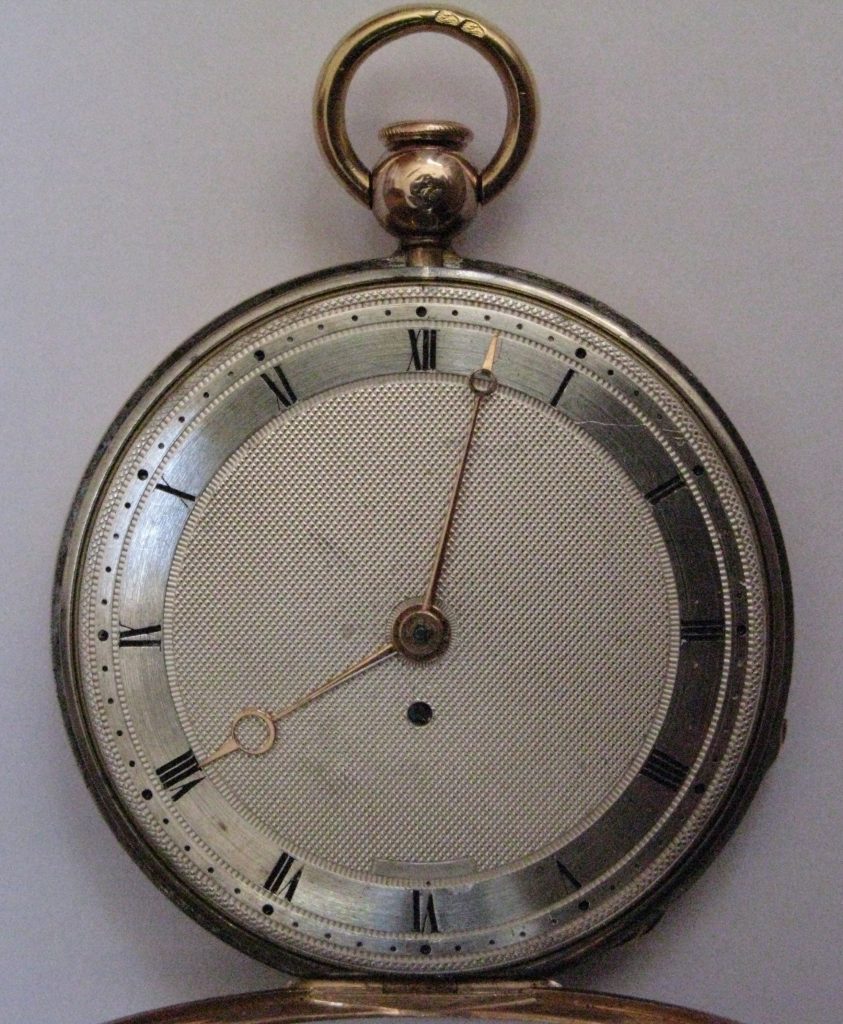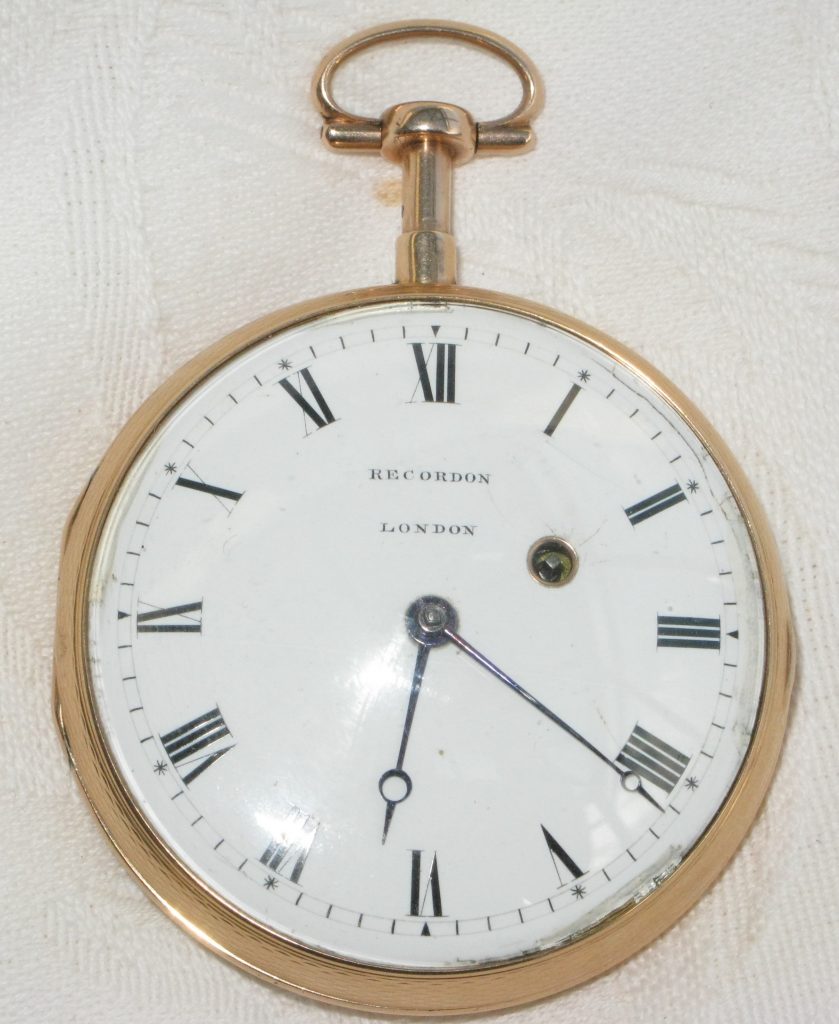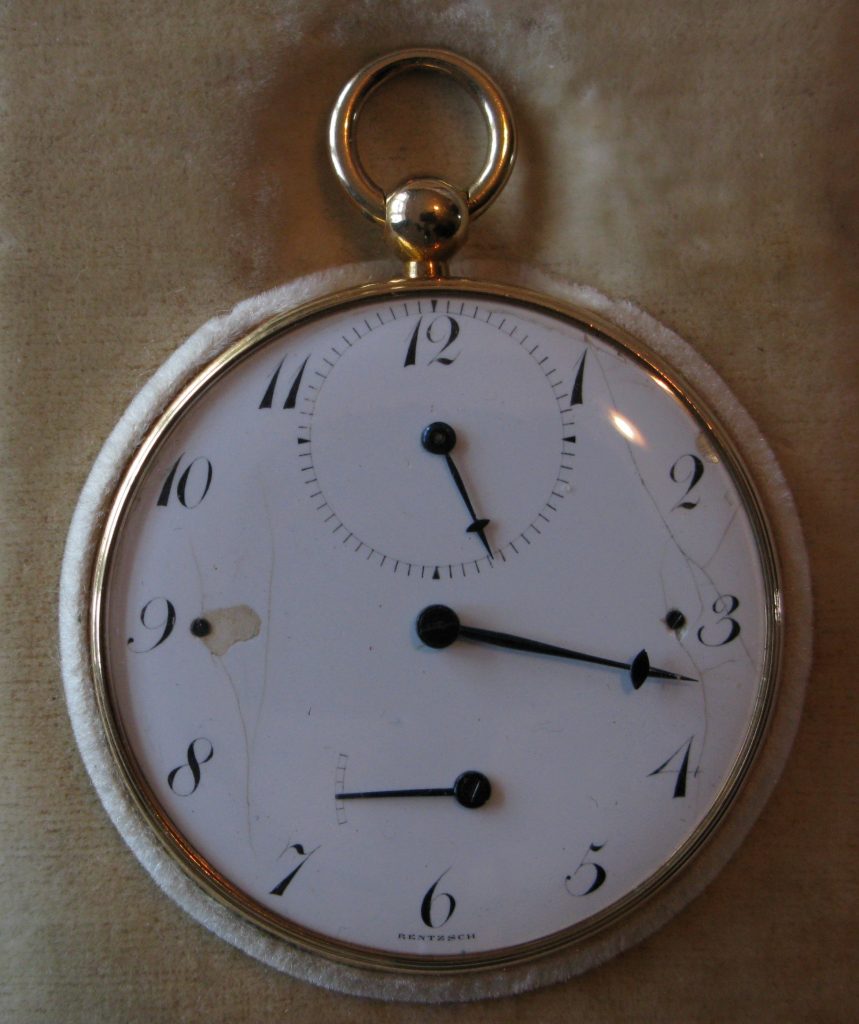2nd February 2023 – POSTPONED DUE TO ILLNESS.
“Chronometry and Chronometers on British Voyages of Exploration 1819 to 1836.”
Dr. Emily Akkermans
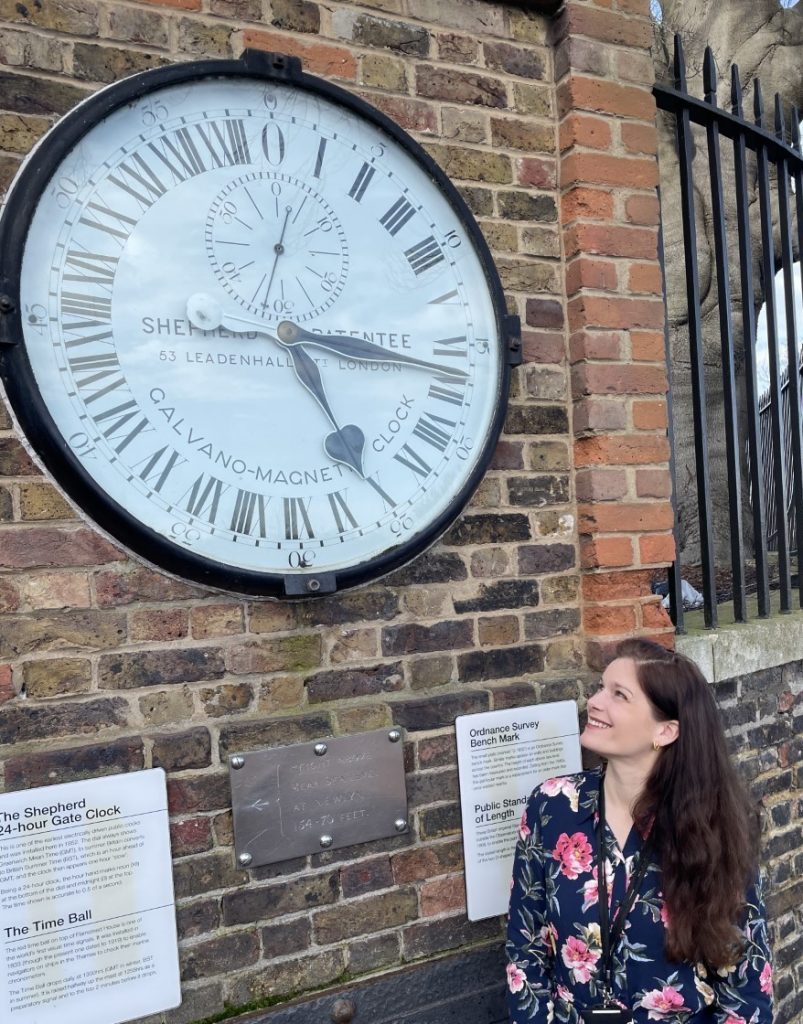
It has been sometime since our past president Jonathan Betts retired from the Royal Greenwich Observatory, though he is still curator emeritus. David Rooney is now a freelance author. Our past chairman Rory McEvoy also has moved on to pastures new and Anna Rolls has become the curator of the Clockmakers Museum. So, I am delighted to welcome Dr Emily Akkermans Curator of Time to the South London Branch in a hope to continue its long-term connection to horology at Greenwich.
Dr. Emily Akkermans studied horology at the Vakschool, Schoonhoven, Netherlands and has been working with the collection at Greenwich since June 2018. When Emily was appointed as curator of time she was studying for a PhD, and I’m delighted she successfully defended her thesis. Tonight’s lecture is the culmination of the research work she has been doing on the use of Chronometers at sea. In particular during the first half of the 19th century when they came into widespread use.
She will examine the practices that were adopted by Royal Naval officers on scientific expeditions that took place between 1819 – 1836. These are Edward Parry’s three attempts to find the North-West passage. William Fitzwilliam Owen’s survey of the East Coast of Africa. Henry Foster’s scientific expedition in the Atlantic and Robert Fitzroy’s survey of South America and circumnavigation.
By their very nature chronometers can be delicate temperamental instruments that require a delicate touch from one who is familiar in their use, trained in taking readings and the mathematics of piloting these. Emily will include the social and institutional network in which the user of these instruments operated. The role of State, of the Admiralty and the Royal Society. And how the determination of longitude developed not from one instrument but through the interaction and use of a variety of instruments and methods.
-Duncan Greig
Doors open at 19:30, Starting 20.00 hours.
The meeting will be held at The White Hart Barn in Godstone.
THE WHITE HART BARN (Godstone Village Hall)
GODSTONE
SURREY RH9 8DU
7.30pm for 8.00pm Start

